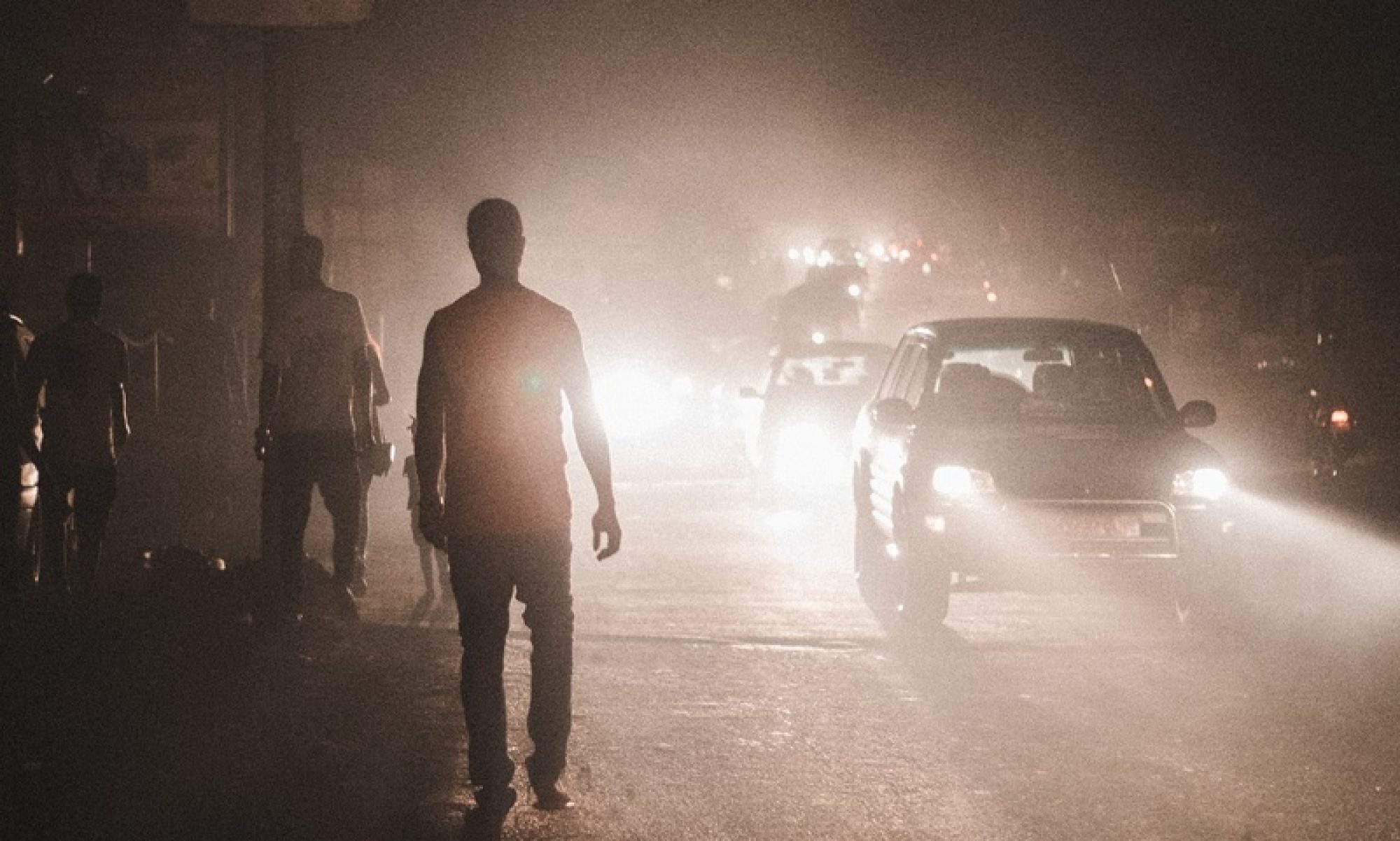The highlands of High Guinea were birthplace and centre of expansion of the great empires and kingdoms of Ghana, Soso and Mali.
The first capital of Soundiata Keita emperor, founder of the Mandingo Empire, was in the region of what’s is now the Prefecture of Mandiana.
The ‹‹Charte du Manden›› (1222) is considered by mandenka ( people who have Mandinka language in common) as one of the oldest references relating to fundamental rights.
It was included in 2009 by UNESCO on the list of cultural immaterial heritage of humanity. Its recognition from UNESCO ( https://ich.unesco.org/es/RL/la-carta-del-manden-proclamada-en-kurukan-fuga-00290 ) should confirm its legal value and its universal extent.
The theocratic peuhl Kingdom of Foutah Djallon in the 18th century developed an original aerea of culture and civilization for its institutional, intellectuals and spiritual modes of expression.
Its literature is particularly recognized at international level, with its teachers Thierno Mohammad, Samba Mombéya and Tyerno Aliou Boubha Dyan
Maritime Guinea and Forest Guinea have agricultural potential and most of the structuring mining projects. They are community-based highly structured and organized. They preserved their autonomy and an original cultural identity. The local knowledges, the masks, the statues and the percussion instruments of Baga, Kissi and other coastal communities of Forest Guinea are internationally renowned and they’re source of inspiration for this regions, shared today by the whole of West Africa, they enrich the ‘global music’ international
It’s this traditional culture that makes the richness and the variety of Guinean national culture.
And it’s alive thanks to the preservation of the communities that keep express themself with it, despite all kinds of social, political and economic constraints that are a burden on this heritage and its transmission.
The poetic and romantic writing is widespread as the numbers of published works show.
A strong dynamic is also present in the entertainment industry, especially in the music, which led to the emergence of a large number of artists, producers, broadcasters and managers who, despite many difficulties, manage to stand they ground in the national and international market. Everyone knows Bembeya Jazz, Africans ballets, Mory Kanté, Momo Wandel, Mamadi Keita Djembefola, Sékouba Bambino ecc., Several artists generation have followed ( modern theaters, acrobats, comedians, urban music, exc…)
